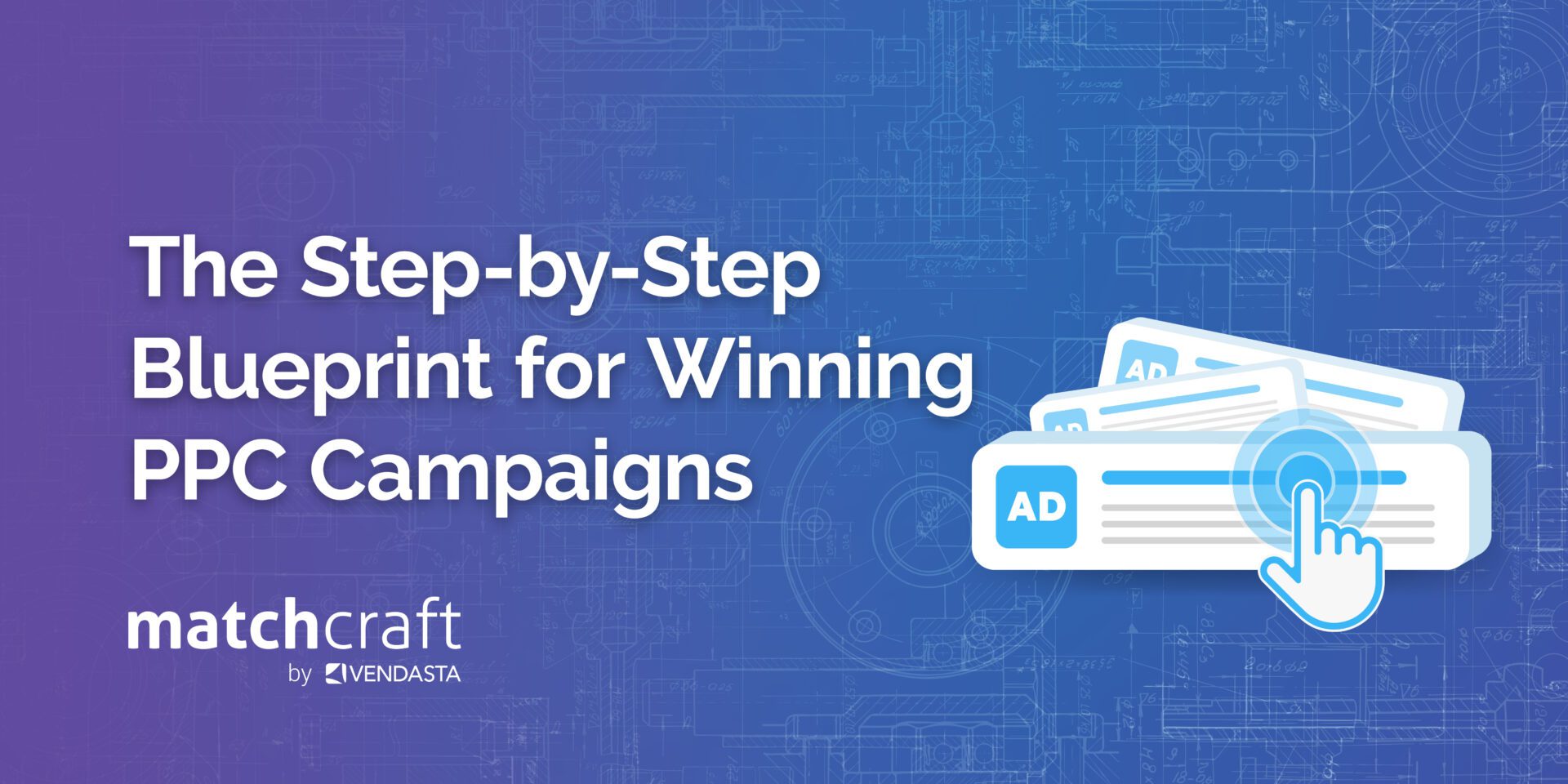Most agency owners gauge the effectiveness of digital advertising by the number of leads generated. While the Pay-Per-Click advertising model is proven to be a cost-effective solution for generating leads, you must do it the right way.
Want to know how to launch winning PPC campaigns that yield great ROI for you and your clients? We’ve got you covered.
This comprehensive guide will take you through the basics of PPC campaigns, how you can set them up, how to optimize PPC campaigns, and the actionable strategies you can adopt to hit your revenue goals quickly with less effort. Let’s get started!
What are PPC Campaigns?
To put it simply, PPC, or Pay-Per-Click, is a digital advertising method in which an advertiser pays each time a targeted user clicks on the ad and visits the website. The ads come in various formats, including text, image, or video, and you can run PPC campaigns on search engines, social media platforms, websites, and many other places.
See the difference below:
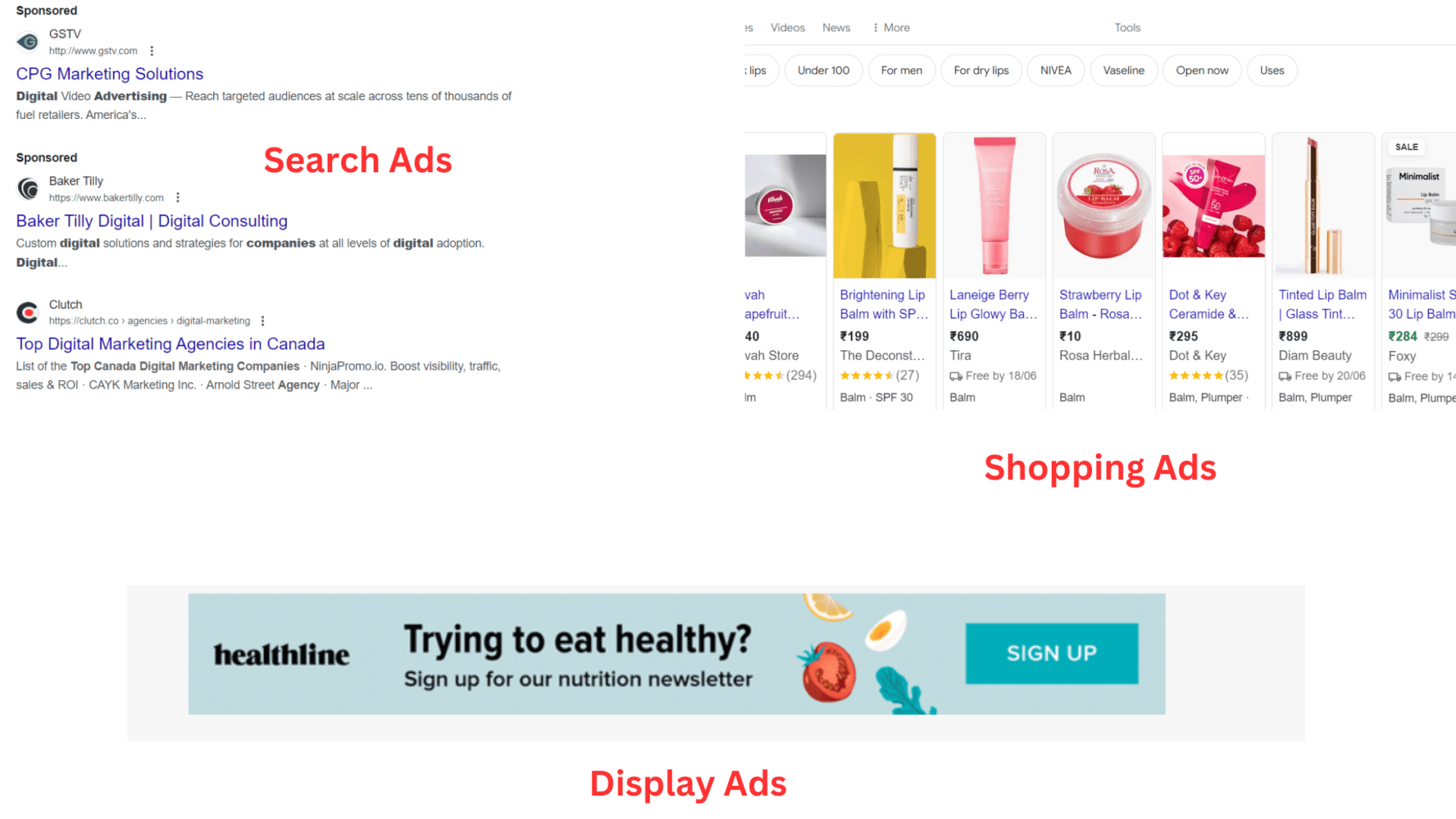
How Do PPC Campaigns Work?
Now that you understand what PPC campaigns are, let’s look at how the entire process works.
As the advertiser, you would start with setting up the campaigns based on the target audiences’ locations, demographics, interests, etc., and you can bid on specific keywords and phrases for which the ads must show up on the search engines when a user searches for them. The bid amount, keyword relevance, and ad quality are some of the important factors that the algorithm considers for a successful PPC campaign.
If you run a PPC agency with too many clients, managing all PPC campaigns at once can be overwhelming.
Tip: Consider using a sophisticated PPC estimator tool like the one available through MatchCraft that takes care of all the time-consuming tasks and lets you manage the campaigns efficiently.

Benefits of PPC Campaigns
There are various benefits of PPC campaigns, let’s look at a few.
- Cost-effective: Since your client pays for clicks only, they get better value for their money and can be flexible with their budget.
- Targeted Traffic: You can set the campaigns to attract people who are really interested in your clients’ business, such as demographics, locations, interests, etc.
- Measurable Results: Pay-per-click advertising allows you to track and measure results with metrics such as click-through rate (CTR), cost per click, page visits, cost per conversion, etc. Use these insights to make small adjustments to your campaigns, like determining the best time to run your PPC ads, optimizing bids, eliminating low-performing keywords, and more.
- Control Over Budget: PPC lets you effectively control costs without compromising conversions. You can find out the areas of budget wastage and reallocate to high-performing areas.
Setting Up a PPC Campaign
It’s an undeniable fact that quality matters. Setting up the best PPC campaigns demands a careful approach to maximize the benefits of low cost and better conversions.
Here are the steps to follow to set up a campaign for your clients:
1. Choose a Platform
Google ads is not the only popular PPC platform out there. There are many other cost-effective options, including Facebook and Instagram Ads, Taboola, Outbrain, Pinterest Ads, Reddit Ads, Twitter ads, and many more.
Before choosing the PPC platform, understand your client’s target audience and explore where they are likely to spend most of their time and what type of ad format is best suited to grab their attention.
Leverage search engine advertising to target users who use relevant keywords on search engines. Similarly, a display ad will work well on websites and social media platforms, and video ads will work well on streaming platforms. Lastly, determine the budget and choose a suitable platform to reap maximum benefits.
2. Keyword Research
Keyword research is one of the crucial elements that can help make your campaign more efficient and effective. This is the process of figuring out probable search terms that your client’s target audiences are likely to use and leveraging them to your advantage. So, how do you dig up keywords that can result in winning PPC campaigns? Let’s uncover that below.
How to Find Relevant Keywords
Before diving into how to find relevant keywords, here is a quick overview of the different types of keywords:
- Brand Keywords: Includes your client’s brand name.
- Commercial Keywords: These are typically high-intent terms that consumers use to educate themselves before making a purchase. For example: best shoes, best retail store near me, etc.
- Long-tail Keywords: These are usually unique terms that often come with low cost and less competition.
- Negative Keywords: Adding negative keywords in your PPC campaign will help you avoid irrelevant traffic and focus on keywords that matter to your client’s customers.
- Competitive Keywords: These are the terms that help your client’s competitors rank high on SERP. By targeting them, they can outrank rivals through paid search ads.
Finding relevant keywords manually can be laborious and time-consuming. Try using keyword research tools that can help you kickstart your discovery process.
Tip: MatchCraft offers a state-of-the-art PPC Management solution that comes with proprietary keywords and an ad copy library. Leverage this tool to level up your PPC campaigns.
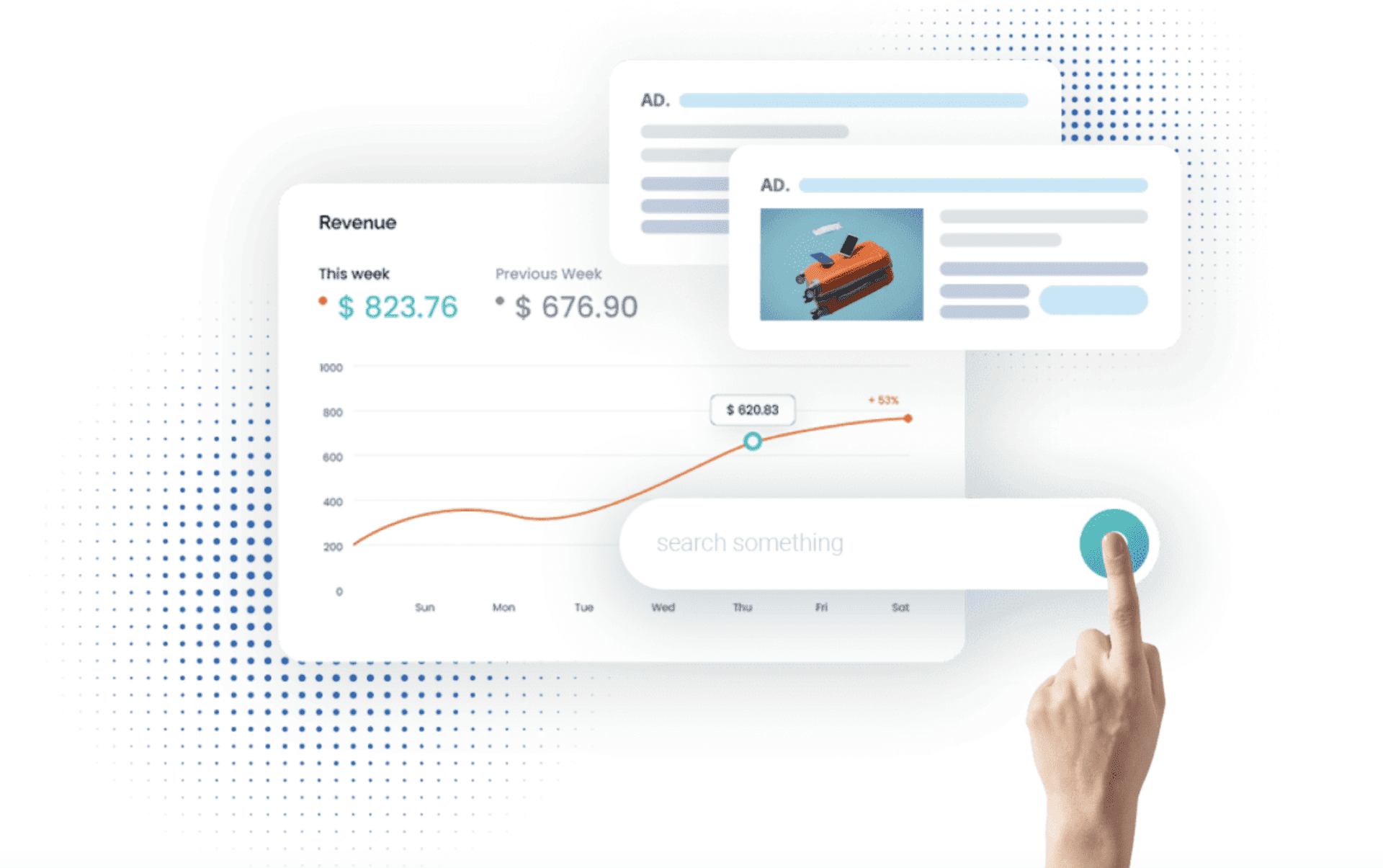
Besides using a keyword research tool, consider conducting a competitor analysis to discover what keywords your client’s competitors are bidding for. Doing this will help you cover all important keywords that you may miss out on for your search engine advertising.
Website mining is another important step in your keyword research. It involves finding out what terms people use to find your client’s website. Extracting these terms will help you build a comprehensive keyword library to target potential customers.
Tips for Building an Effective Keyword List
- Create a list of terms and phrases that fall under the categories of the business.
- Avoid invalid symbols such as commas (,), ampersats (@), and more, as listed by Google.
- Define the audience persona and pick keywords around it.
- Collect a list of long-tail keywords that have higher chances of conversion at a low cost.
- Attach a list of negative keywords to your campaign so that all irrelevant leads get blocked.
3. Creating Ad Groups and Campaigns
Creating ad groups is crucial to reaching out to relevant audiences, and it allows you to structure your campaign better, minimizing ad spend. So how do you do that?
A best practice is to choose a narrow theme and create an ad group around it. Incorporate relevant keywords to each ad group based on the theme. For different themes, you can create multiple ad groups. For example, if your client owns an online clothing store, you can create a separate group for swimsuits, wedding dresses, loungewear, or pajamas.
Google suggests creating at least three ads for each ad group and optimizing them for better results. The ad has the following three elements:
- Headlines
- Descriptions
- Extensions
Including a keyword in the headline is a best practice to attract the right audience. Also, keep it short, punchy, and catchy. Descriptions are a bit longer, allowing you to elaborate on your client’s products or services. Make sure they are clear and lend weight to the headline.
Choosing the most effective targeting options is critical to optimizing your campaign results. In addition to basic keyword targeting, you’ll need to focus on the audience’s behavior, interests, characteristics, gender, locations, and demographics. To do this, gain valuable insights and data from your CRM, the client’s social media pages, and their website analytics.
Device targeting allows you to target your PPC ads based on the type of devices your intended audience uses. By optimizing your ads for different devices, you can provide a great user experience that can lead to better conversions.
4. Budgeting
Defining an appropriate budget for your PPC campaigns can be tricky as there are many factors involved. So, how do you go about it? Consider the following factors.
- Determine your client’s business goals
- Find out the best keywords for their advertising objectives
- Identify how much traffic you will need to generate
- Research Cost-Per-Click (CPC) estimates.
- Calculate profitability
Leveraging the data to generate budget forecasts can be a game-changer for your clients PPC campaigns. PPC agencies that handle numerous clients will require advanced strategies and tools to set their budgets and effectively manage campaigns. MatchCraft’s sophisticated PPC Estimator Tool delivers intelligent budget forecasts with CPC estimates and many other useful features to simplify your Pay-Per-Click advertising efforts.
5. Bidding
In PPC campaigns, bidding is the amount of money you’re client is willing to pay for a click on a target keyword. Let’s take a look at different types of bidding strategies and when you must use them.
- Manual Bidding: In this bidding strategy, you’ll be manually bidding for your client’s keywords, meaning you will be mentioning the maximum amount you can spend per click. You’ll be doing all these without the aid of any smart tools. Although it can be challenging, it’s the best option when your client has a limited budget and wants to have complete control over their PPC campaigns. Also, you can monitor and implement changes quickly. Keep in mind it can be challenging if you’re a PPC agency managing multiple accounts because it may require too many people to handle them. Plus, to err is human.
- Automated Bidding: In this method, Google or the platform takes control of the bidding process. Bids are set automatically based on your specific goals by analyzing users’ data, such as location, interests, devices, operating systems, browsing history, and many other factors. This is a suitable option for businesses who have no experience running ad campaigns and agencies that need help streamlining the management of multiple clients’ accounts.
- Smart Bidding: This is a part of automated bidding strategies that uses machine learning to maximize conversions across your bidding portfolio. In this method, a unique bid is set for each auction using the information available at the time of bidding.
Here are the core factors that affect cost-per-click:
- Competitive keywords
- Quality score
- Ad relevance
- Bidding strategy
- Click-through rate
- Competition
Wondering how to lower CPC without affecting conversions? The PPC platforms reward advertisers with relevant, quality ads. Target specific, long-tail keywords that are likely to convert easily with low costs. Also, tell Google the irrelevant keywords for which you don’t want your ads to appear. The final takeaway is to understand your target audience and craft a compelling ad message to get better click-through rates.
How to Manage and Optimize PPC Campaigns
Now that you understand how to set up your clients; PPC campaigns, let’s take it a step further and learn how to manage and optimize them.
1. Tracking Performance
Here are the key PPC metrics to monitor:
- Clicks: This metric indicates how many people have clicked on your ad. Knowing the CTR allows you to measure ad relevance and optimize it. A high CTR doesn’t translate into a successful campaign; you need to consider the conversion rate for relative success.
- Impressions: Ad impressions refer to the number of times a user views your ad.
- Conversions: This is the percentage of users who have engaged with your ad and taken action—purchasing a product, downloading an application, filling out a contact form, etc.
- Cost-Per-Conversion (CPA): The objective of your ad campaign is to convert a customer, and CPA refers to the average amount of money spent on a conversion.
Many ad interactions happen between a customer seeing your ad and taking the final step of making a purchase. In most cases, the last click gets all the credit for conversion.
Google allows you to leverage attribution models to track conversions and gives credit to each customer interaction. This way, you can learn how to convert a customer at an early stage and find out how a customer searches for your client’s business online. Using attribution models, you can also optimize your bidding strategies.
2. Analyzing Performance
When you start out, you may face several hiccups with your campaign performance. Don’t worry! You can still improve by taking the necessary steps.
A low click-through rate (CTR) is when your campaign hits below-average CTR, and it means that your ad is not appealing. To improve CTR, you need to:
- Narrow your target audience
- Use the right keywords and include negative keywords
- Keep your ad simple
- Use effective CTAs in headlines
- Include offers if possible
High Cost Per Conversion (CPC): To gain optimal results from your PPC campaigns, aim for a low CPC. You can reduce CPC by reviewing your keyword research, determining the best time to show your ads, and enhancing your client’s landing page quality.
Poor Quality Score: The quality score is a good indicator of your account’s success and determines the ad rank with your bid. A high score translates to a better conversion rate. To improve your score, focus on making your ad relevant to the target audience, maintaining an above-average CTR, and improving the landing page experience.
3. Landing Page Optimization Techniques
Now, your customers have landed on your client’s website! On this page, optimizations such as relevant information with a balanced design are crucial to persuading your audience to sign up for services or purchase products. Here are the techniques you can follow to optimize landing page quality.
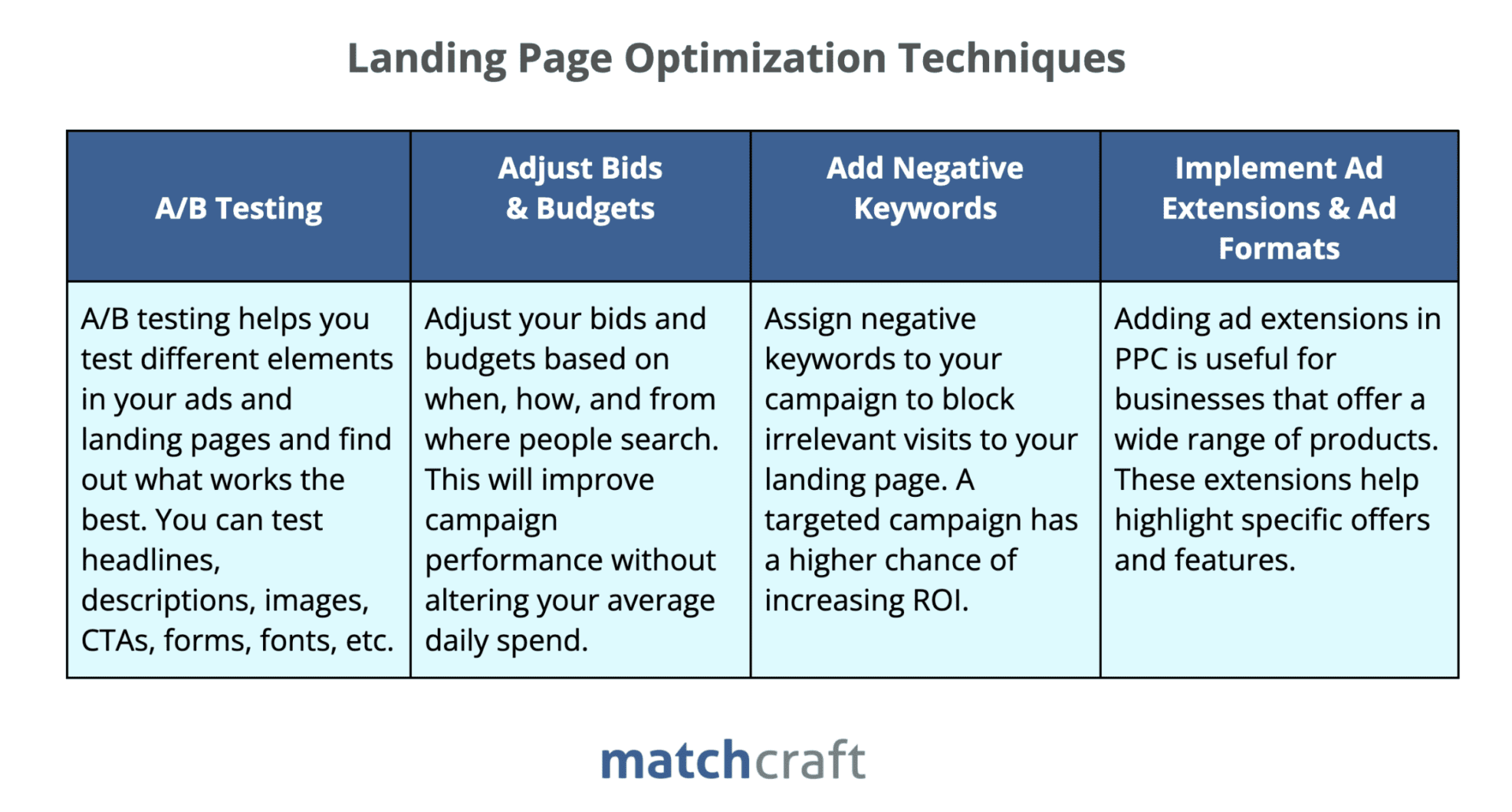
4. Remarketing and Audience Targeting
Remarketing is the practice of displaying ads to folks who have already engaged with your ad, visited your client’s website or app, dropped off at the last step, or even completed a purchase. It’s a fantastic way to remind them of the benefits and possibly convert them.
Advertising platforms such as Google, Microsoft, and Facebook provide remarketing tools for planning remarketing campaigns and display ads to such audience groups.
How To Create Remarketing Audiences and Campaigns
Create a group of remarketing audiences based on their behavior. The following criteria will give you an idea of the audience:
- People who visited the product page but didn’t take any action.
- Users who added the products but failed to make the payment.
- Customers who purchased the product.
Create ad types for each audience segment and set your remarketing campaigns. Other audience targeting options include:
- Similar audience targeting: Showing ads to people who have similar behavior to existing remarketing audiences.
- In-market audiences: Consumers who search online for products similar to what your client offers.
- Interest Targeting: Reaching out to people who share similar interests to your existing audience group.
5. Automation and Machine Learning
Automated bidding strategy uses AI to set bids based on your client’s campaign goals. The following are the campaign options available in Google Ads:
- Target Cost Per Acquisition (CPA)
- Target Return On Ad Spend (ROAS)
- Enhanced Cost Per Click (ECPC)
- Maximize clicks
- Cost Per View (CPV)
- Maximize conversions
Machine learning is a game-changer in digital advertising for audience targeting and ad optimization. This tech analyzes vast amounts of data to predict user behavior and preferences and identify audiences who are likely to convert. This is all done in real-time to make sure ads are served to relevant audiences.
Benefits and Risks of Automation
Pros:
- Saves time by streamlining the campaign management tasks, including keyword optimization, ad scheduling, and PPC bid management.
- Helps optimize campaigns in real time based on CTR, conversion rate, and ROAS.
- Delivers personalized ads by analyzing users’ behavior and interests, which in turn increases the relevance of the ad campaigns.
- Advertisers can efficiently manage large PPC campaigns across multiple channels and platforms.
- Adjusts budgets and bidding strategies based on campaign performance and goals.
Cons:
- Relying heavily on automation can lead to missed opportunities in the competitive and dynamic market.
- Sometimes, automated systems will make decisions that may deviate from the original intent strategies.
- Technical glitches and errors can disrupt campaign performance.
Advanced PPC Strategies
Integrating PPC with Other Advertising Channels
Cross-channel integration of PPC is an excellent way to increase the chances of conversion. Integrating PPC with SEO will help you identify high-converting keywords and incorporate them into your SEO strategies. Build a remarketing audience group by using the data of people who have engaged with your client’s social media content.
Similarly, you can incorporate PPC retargeting lists into email marketing campaigns to re-engage with the users. Overall, the PPC integration with other channels will help improve brand awareness, reach as many people as possible, and maximize conversions.
Scaling and Expanding PPC Campaigns
Scaling your ads means increasing ad spend without affecting the performance of your client’s campaigns. In search ads, there are two types of scaling, namely horizontal and vertical scaling. Horizontal scaling is a diversified approach that uses a broader set of keywords and ad groups. This method allows you to expand your PPC efforts without creating any impact on your high-performing campaigns. On the other hand, vertical scaling means increasing the budget of existing campaigns.
In addition to both methods, geo-targeted expansions allow you to evaluate the market competition and explore new markets or areas with your client’s existing campaign structures. While entering new markets, it’s crucial to use local languages and cultural references. MatchCraft’s PPC Management tool gives you access to proprietary keyword and ad copy library, covering more than 22 languages. Leverage the PPC tool to scale your campaigns.
Testing New Ad Formats And Features
PPC ads come in a wide variety of formats, shapes, and sizes—it can be a simple search ad, display ad, shopping ad, or engaging video ad. When you choose the right ad format, PPC can be highly profitable.
Search ads are the most common type of PPC ad, where advertisers bid on keywords that they want their ads to show. If you want to take your advertising efforts to the next level, you must test new PPC ad formats and features. With everyone consuming so much video content on different platforms, video ads can be an effective format to boost conversions. Also, you can try social ads and Gmail-sponsored ads to reach specific audiences.
Hiring And Working With PPC Agencies Or Consultants
Many advertising agencies are making huge profits after implementing PPC in their advertising efforts. If you’re planning to start out, working with experts with over 25 years of experience is the best way to get started. PPC agencies will have a team of experienced professionals who know what ad format will work best, how to set up goals, and how to track spend and conversions.
Explore our PPC Management Solutions and transform your PPC agency with better strategies to amplify client success.
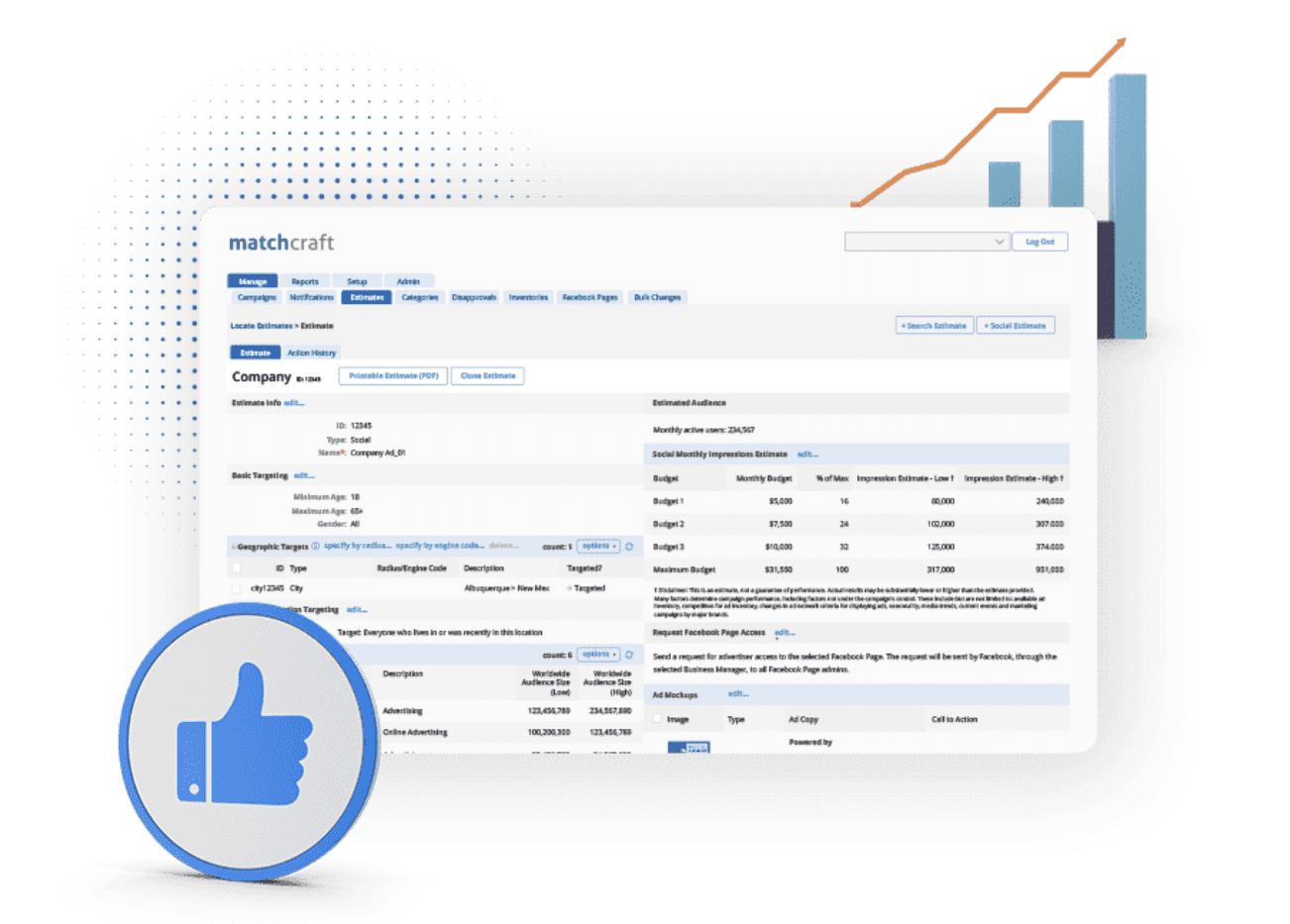
Author: Maria Selvam Amalraj
